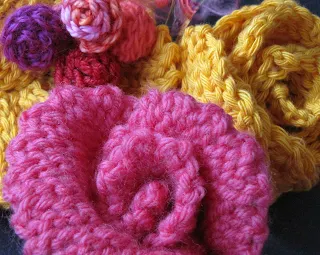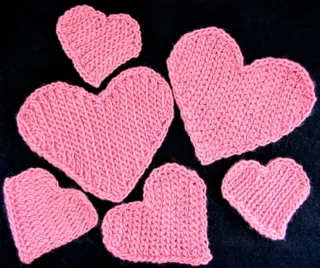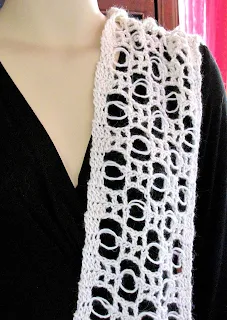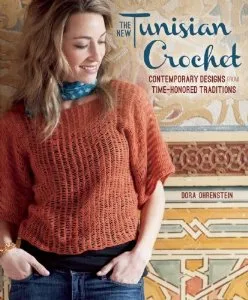-:-----:-
I've only now felt like I could imagine blogging again about launching  |
| A behind the scenes example of a popular pattern, the Pallas Scarf, redesigned in Lotus yarn. (I'm updating the pattern to include this new version.) |
At first, it didn't even occur to me to blog about them, but there's actually quite a lot going on under the surface!
 |
| I'm really happy with the clear six-ball bags I use for storing the Lotus balls, but am searching for a different source with lower freight charges. |
Here's just a partial list of new-to-me procedures that I already rejected as being too unremarkable to blog about:
- How the Dymo printer I use for shipping has been working out. (It's fabulous! One of those simple things in life that makes me smile every day.)
- The compact little shipping station I set up in my studio that accommodates a wildly unpredictable range of daily yarn orders from zero to a last-minute flood of them.
- What "the last minute" really means - during peak tourist season especially...
- How to store the yarn in a way that keeps it new yet easy to access (and what that means: no risk of squashing, abrasion, dust, you get the idea.)
- The best way to keep track of when we need to order another big batch from the mill.
 |
| Favorite label printer! |
 |
| A small Lotus package. The self-seal "poly mailers" I went with seem to be working out very well, plus, my mailman is impressed. |
Underneath these humdrum biznessy things is a nervous mixture of worry and excitement! It's just like being a new parent: what if something goes horribly wrong? Any minute I might...discover massive hidden costs I hadn't taken into account. What if everyone stops buying yarn forever? (That's kind of like, "What if my baby is kidnapped, or gets a terrible illness or something?")








































